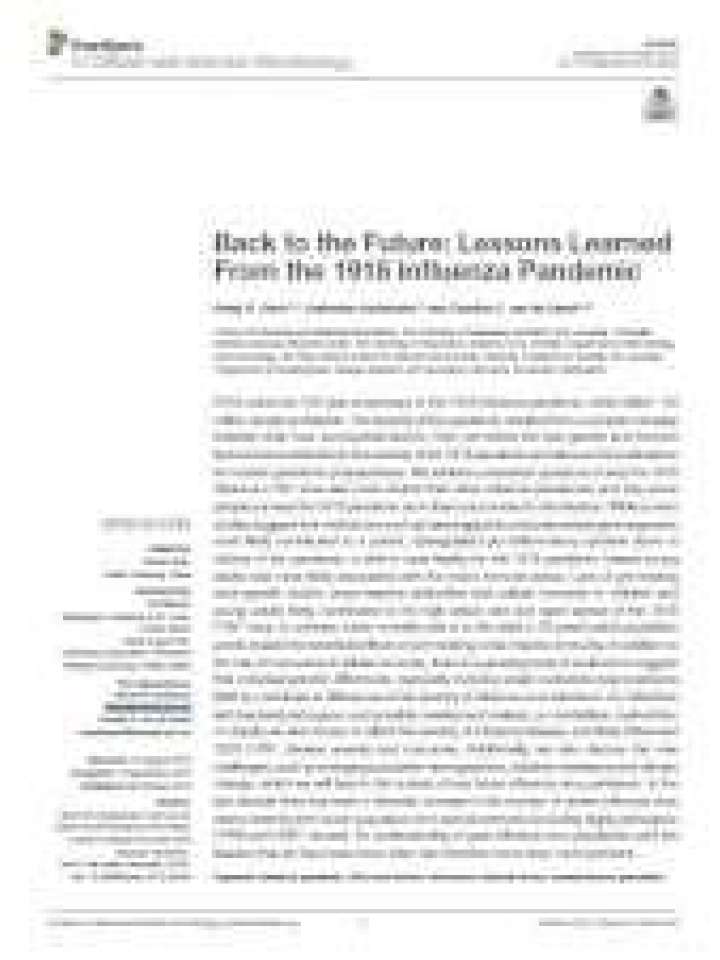Back to the future: Lessons learned from the 1918 influenza pandemic
This document reviews the viral, genetic and immune factors that contributed to the severity of the 1918 pandemic and discusses the implications for modern pandemic preparedness. It addresses unresolved questions of why the 1918 influenza H1N1 virus was more virulent than other influenza pandemics and why some people survived the 1918 pandemic and others succumbed to the infection.
Additionally, it also discusses the new challenges, such as changing population demographics, antibiotic resistance and climate change, which we will face in the context of any future influenza virus pandemic. In the last decade there has been a dramatic increase in the number of severe influenza virus strains entering the human population from animal reservoirs (including highly pathogenic H7N9 and H5N1 viruses). An understanding of past influenza virus pandemics and lessons learnt from them has therefore never been more pertinent.
Explore further
